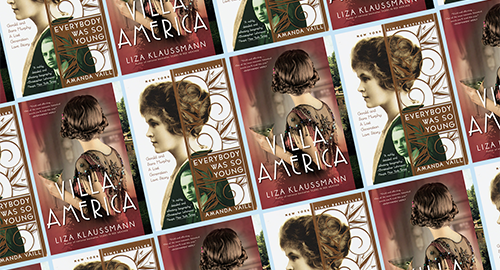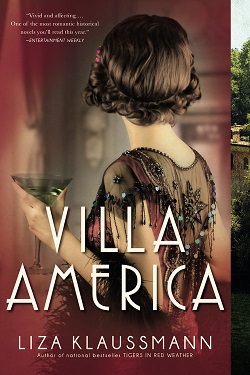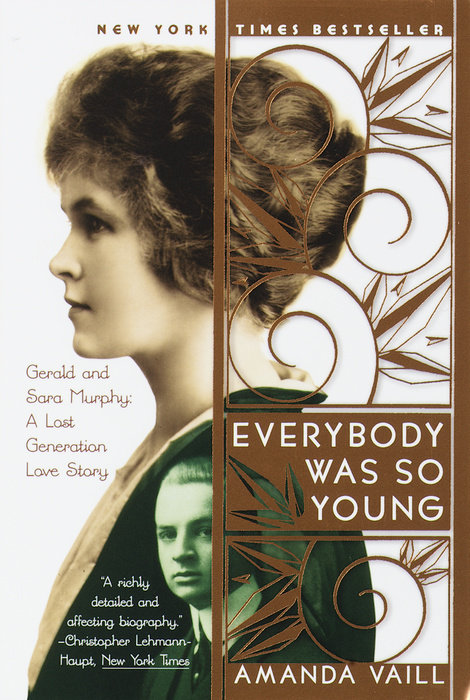When I was in college, I double-majored in English and history, which means that I love both fact and fiction, the imagined and the actual—and that historical fiction sits squarely in my wheelhouse as a reader. It also means that I have an uncontrollable urge when I read it to go back and do as much research as I can on the subject, to figure out the third side of the story (because there always is one).
In case you couldn’t already tell from my many reviews and lists on this site, the Lost Generation—the group of literary expats who gathered in Paris in the 1920s that included Hemingway, Fitzgerald, Joyce, Pound, Stein, and others—is one of my not-so-secret bookish obsessions. But, just when I thought I knew all I could about them, I came across Liza Klaussmann’s novel VILLA AMERICA, which is set within the Lost Generation’s inner circle, told from the perspective of two new characters, Sara and Gerald Murphy, whose home on the French Riviera was an escape and source of inspiration for the group.
Like any good historical novel, VILLA AMERICA is compulsively readable, colorful, and brings a time and place to life in a fresh and exciting way. I could see the parties, hear the jazz music playing, taste the gin, and, above all, feel the real devotion and love these two characters have for one another as the world changes around them. I loved the way the famous names came in and out of their lives, the way real friends do—their presence was not exploited or overblown. There’s also a pilot named Owen who appears to add a layer of mystery and heartbreak that keeps you turning the pages.
I’m somewhat embarrassed to say I was so taken with Klaussmann’s depiction of the Murphys—there’s something so interesting about characters on the sidelines, somewhat lost to history while their peers go on to become icons—and thought it was so creative of her to tell the story from their perspective that I didn’t even realize the Murphys were very, very real—and the inspiration, some say, for the leading couple in Fitzgerald’s novel TENDER IS THE NIGHT.
Which is how I found Amanda Vaill’s gorgeous biography EVERYBODY WAS SO YOUNG. I had read (and loved) HOTEL FLORIDA—her group biography of Hemingway, Martha Gellhorn, and Robert Capa during the Spanish Civil War—and was delighted to find out that she’d also written about the Murphys. Vaill has a real talent for bringing information to life through details and a distinct voice—colloquial without being informal—and this book delivered that in spades. It was every bit as colorful and dazzling as Klaussmann’s novelization of the time, made even more so by the incredible research and insight into Sara and Gerald as both individuals and a couple. Experiencing these stories side-by-side made for one of the most interesting reading experiences I’ve ever had.
While embarking on this kind of deep dive may not be for those with limited time or devotion, it’s something I would recommend to avid historical fiction fans and newcomers to the genre alike. Sure, you’ll learn something new and perhaps understand something better than you did before, but the best part of reading the history behind the historical fiction is that everything is suddenly made brighter, like turning up the saturation on a photo filter. The picture remains the same, but the details and things that may have faded into the background are suddenly more vivid and recognizable. It provides something that is becoming increasingly important in our busy information age: context. Characters are suddenly people, places are suddenly homes, and memories are suddenly history. And that’s definitely worth your time.









